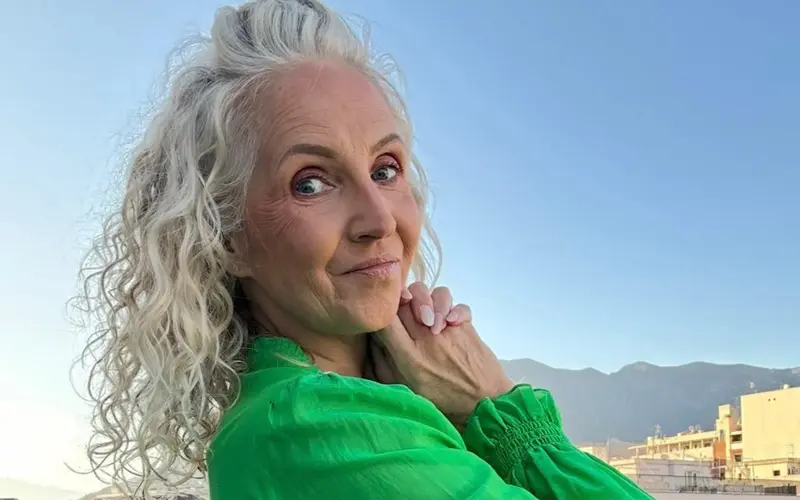Silver Influencers: Older Adults Shining on Social Media
Sunday, 2025/11/02368 words5 minutes1908 reads
The digital realm is witnessing a paradigm shift as 'silver influencers' - content creators in their later years - are carving out significant niches on platforms traditionally dominated by younger demographics. This trend is not merely a fleeting phenomenon but a reflection of changing societal demographics and evolving perceptions of aging.
Viv Truran, an octogenarian from Cardiff, exemplifies this trend with her impressive following of nearly 300,000 on Instagram. Her daily sartorial showcases and styling advice resonate with a surprisingly diverse audience, spanning from millennials to her contemporaries. Truran's success underscores the universal appeal of authenticity and the breaking down of intergenerational barriers through social media.
Parallel to Truran's rise is that of Sherry Grossi, an 81-year-old American who has cultivated a substantial following across Instagram and TikTok. Grossi's content serves as a clarion call against ageist stereotypes, encouraging older adults to reject societal expectations of diminished activity and engagement as they age.
This surge in older influencers is not occurring in a vacuum. Professor Eleri Rosier from Cardiff University Business School notes a 'massively noticeable shift' in the age demographics shaping online fashion and beauty content. This shift aligns with broader population trends, as the Office for National Statistics reports an increase in the over-65 demographic across the UK.
The appeal of these influencers lies not just in their age but in their ability to create relatable content. Rhian Davies, a 58-year-old content creator, has found success by presenting an unvarnished reality that resonates with her audience, challenging the notion that women become 'invisible' as they age.
This trend has not gone unnoticed by brands, with companies increasingly recognizing the purchasing power of older consumers. As beauty columnist Sali Hughes observes, the focus on youth-centric marketing is giving way to a more age-diverse approach, acknowledging that older consumers often have more disposable income than their younger counterparts.
The rise of 'silver influencers' represents more than just a demographic shift in social media usage. It signifies a broader cultural change, challenging age-related stereotypes and redefining societal expectations of later life. As these influencers continue to gain traction, they are not only finding personal fulfillment but are also paving the way for a more inclusive and diverse digital landscape.
